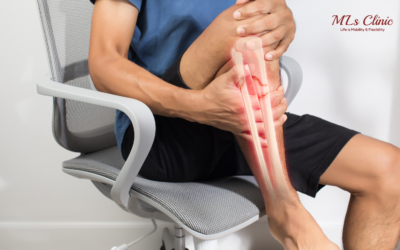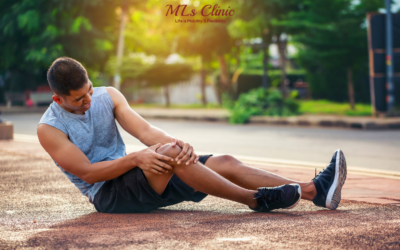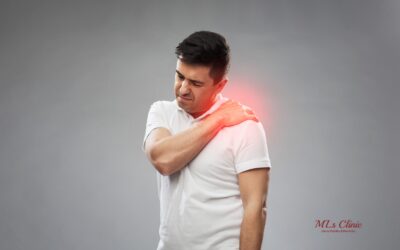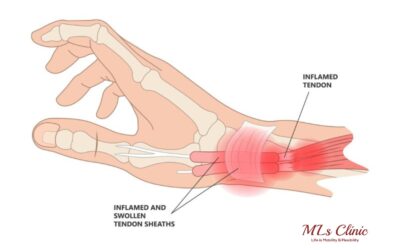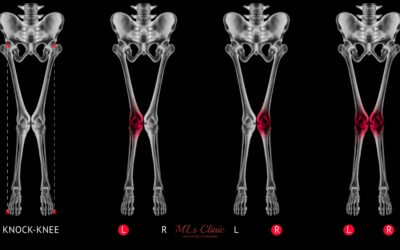Achilles Tendon Problem? Know It’s Symptoms, Causes & Treatment Options!
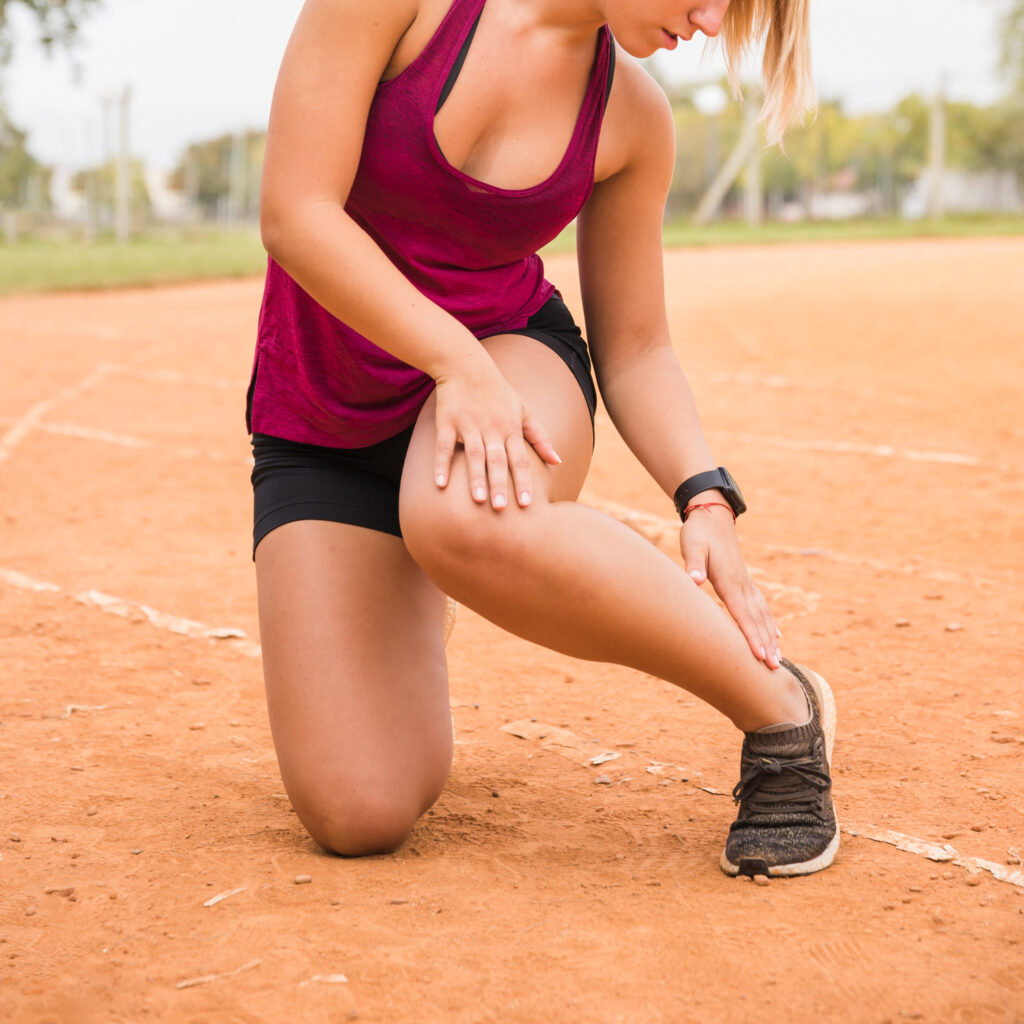
Overview
The Achilles tendon links your calf muscles to your heel bone. It starts in the middle of your calf and extends down the back of your leg to your heel.
What is the Achilles tendon?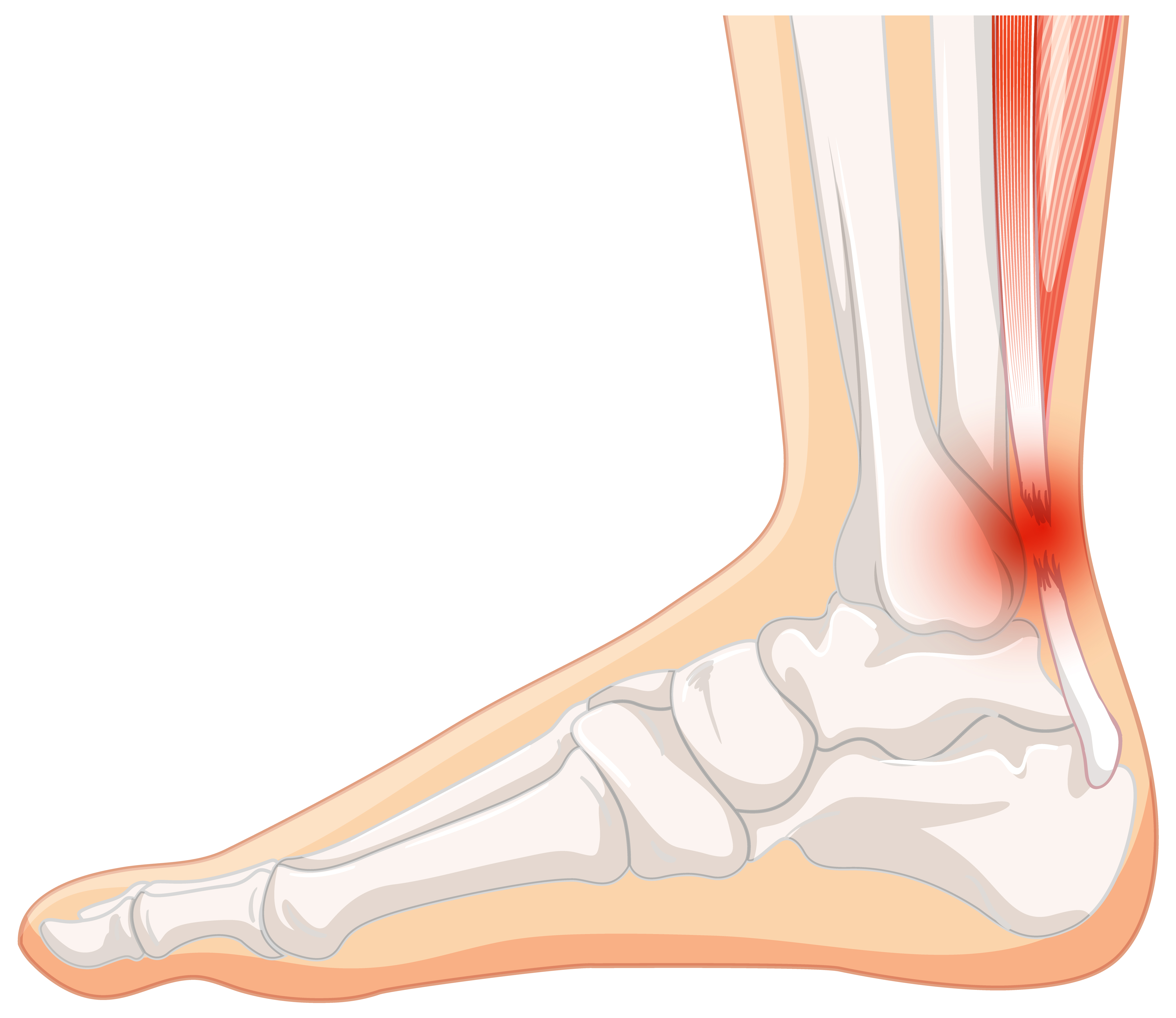


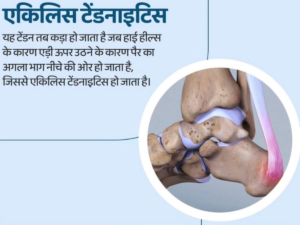

The Achilles tendon is located at the back of your leg, just above your ankle. It connects your calf muscles to your heel bone, which is also called the calcaneus. It’s medical name is calcaneal tendon.
Tendons are strong, flexible tissues that attach muscles to bones in your body.
The Achilles tendon is named after Achilles, a hero from ancient Greek mythology who was invincible except for a weak spot on the back of his heel.
What is the Achilles tendon made of?
The Achilles tendon is made of two proteins:
- collagen, and
- elastin.
Collagen is the most common protein in your body, making up about one-third of all your body’s protein. It provides strength to your tendons.
Elastin is a stretchy protein that helps your tendons stretch and return to their original shape when you move.
The tendon receives blood from two blood vessels in your lower leg. It is controlled by two nerves, the sural nerve and tibial nerve, which also provide sensation to the tendon.
Symptoms & Causes
Symptoms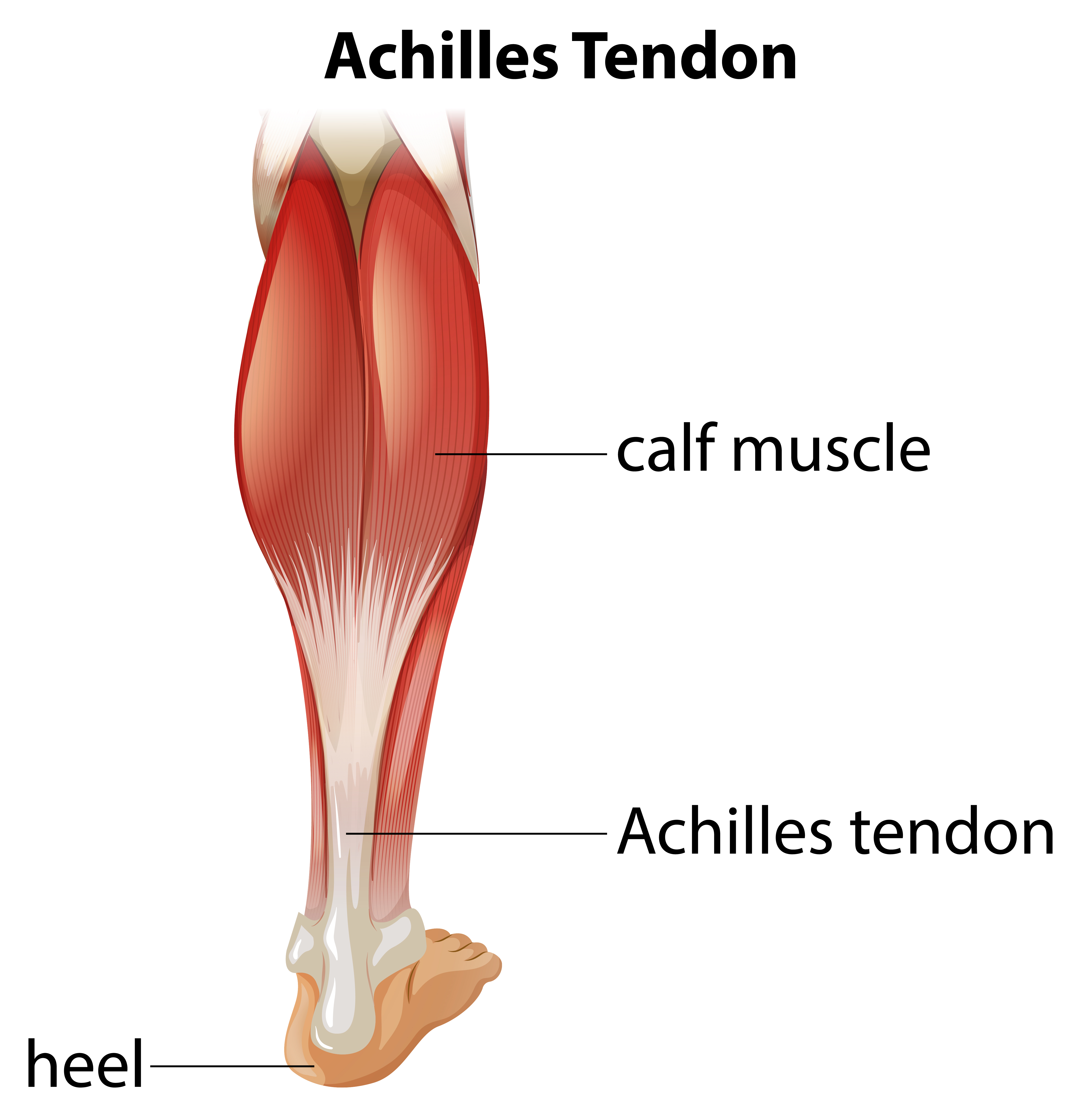
Even though some people might not have any signs or symptoms with an Achilles tendon rupture, most will experience![]()
- A sensation like being kicked in the calf
- Pain, which could be severe, and swelling near the heel
- Difficulty bending the foot downward or pushing off the injured leg when walking
- Difficulty standing on the toes of the injured leg
- A popping or snapping noise at the moment of injury.
Causes
Achilles tendinitis occurs when the Achilles tendon, which links your calf muscles to your heel bone, is subjected to repeated or intense strain. This tendon is active when you walk, run, jump, or stand on your toes.
As you get older, the tendon becomes weaker, making it more prone to injury. This is especially true for people who play sports only on weekends or have suddenly increased the intensity of their running routines.
Diagnosis
To diagnose patient must undergo following tests:
- X-ray
- Ultrasound
- MRI (Magnetic Resonance Imaging)
- CT (Computed Tomography) scan
Conditions and Disorders
What are the most common Achilles tendon injuries?
The Achilles tendon is well-known due to injuries in professional sports. The most common injuries and issues include:
- Tendinitis
- Achilles tendon ruptures (tears)
- Heel bursitis
- Haglund’s deformity
Risk Factors
- Gender: Achilles tendinitis is more common in men.
- Age: The risk of Achilles tendinitis increases with age.
- Physical issues: Having flat feet, obesity, or tight calf muscles can put extra strain on the Achilles tendon.
- Training habits: Running in worn-out shoes, in cold weather, or on hilly terrain can raise the risk of Achilles tendinitis.
- Medical conditions: People with psoriasis or high blood pressure have a higher chance of developing Achilles tendinitis.
- Medications: Certain antibiotics, like fluoroquinolones, are linked to a higher risk of Achilles tendinitis.
Treatment & Prevention
Treatment
The treatment you need depends on the type of Achilles tendinitis, its cause, your activity level, and your goals. Your Orthopedic will recommend the best treatments for your specific situation. Common treatments for Achilles tendinitis include:
- RICE method: Rest, ice, compression bandages, and elevating your leg.
- Medication: Over-the-counter medicines like NSAIDs (nonsteroidal anti-inflammatory drugs). Your provider might also prescribe anti-inflammatory drugs.
- Immobilization: Wearing a brace or walking boot to keep your leg and ankle stable while the tendon heals.
- Physical therapy: Exercises to strengthen the muscles around your Achilles tendon and improve flexibility.
- Orthotics: A foot pad or shoe insert or heel insert, either over-the-counter or custom-made, to support your feet and ankles.
- Surgery: Most people don’t need surgery, but in some cases, especially with Achilles tendon ruptures, surgical repair is necessary
Prevention:
Achilles injuries can be hard to prevent, especially if they happen during falls, jumps, or sports. However, the risk can be lowered by following tips:
- Wear the right protective gear for work, sports, and physical activities.
- Don’t ignore pain during or after physical activity; stop if you feel pain.
- Allow your body to rest and recover after intense activity.
- Stretch and warm up before playing sports or exercising, especially your Achilles tendon, to reduce pressure on your ankle joint and prevent injuries.
- Cool down and stretch after physical activity.
Words from the Doctor
The Achilles tendon plays a vital role in your daily movement. While Achilles injuries are often linked to professional athletes, anyone can irritate or injure this tendon. If you experience ankle pain, or your lower leg, or heel, consult Dr Preetesh Choudhary for diagnosis and treatment to aid in healing.
